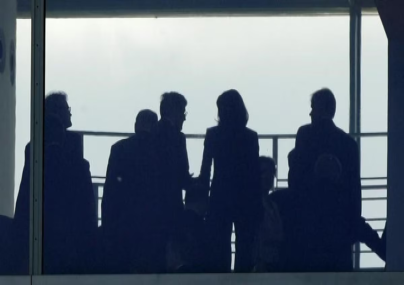The Japanese government published a guidebook on Tuesday on how to conduct overseas M&As in a bid to reverse a recent trend of foreign acquisition flops by Japanese companies.
One key tip: Don’t rely too much on external financial advisers.
The Ministry of Economy, Trade and Industry, or METI, said this was a problem when one unnamed company acquired a foreign business simply on the advice of such an adviser. That led to a series of unexpected incidents that took a decade to straighten out, it said.
“Companies should realize they are the ones who control financial advisers, not that they are controlled by the advisers,” said Hidechika Koizumi, director at the ministry’s Trade and Economic Cooperation Bureau, at a media briefing.
Another tip is to know your target. The ministry recommends firms make a wish-list of companies they want to acquire and monitor them to ensure the best timing for any deal.
It also stresses the importance of having a Plan B, including options for walking away from deals altogether if they fail to fit with a broader strategy.
Japanese companies have spent heavily on overseas mergers and acquisitions in recent years, often paying too much to tap growth overseas amid a slowing economy at home.
Toshiba Corp (6502.T) is selling its prized chip unit to raise funds to cover liabilities arising from bankrupted U.S. nuclear firm Westinghouse Electric Co, which it acquired in 2006.
Japan Post Holdings Co (6178.T), which spans postal delivery, banking and insurance, suffered from a massive write-down from its acquisition of Australian logistics company Toll Holdings Ltd in May 2015.
The ministry knows from bitter experience how hard it can be to get mergers right.
It led the creation of liquid crystal display maker Japan Display in 2012 by combining the display units of Sony Corp (6758.T), Hitachi Ltd (6501.T) and Toshiba, with the METI-backed Innovation Network Corp of Japan (INCJ) initially owning a majority of the company.
But Japan Display has lost money for the past three years and is seeking a partner to help it rebound.


